Beyond the visible
spectrum of reality, whole realms await discovery. Literature and film have
long engaged in imaginations of those realms, often in close dialogue with scientific
advances that have brought previously unseen dimensions of life and matter into
focus. In this course, we will explore a variety of such cultural
representations of the tiniest and most fundamental levels of existence. Beginning with Robert
Hooke’s early account of microscopy, Micrographia,
published in 1665, which shocked and inspired early modern writers like
Margaret Cavendish and continued to resonate in early eighteenth-century
writing like Gulliver’s Travels, we
will go on to consider, among others, Hollywood’s 1966 vision of the inner life
of the body in Fantastic Voyage, and Adam
Dickinson’s poetic negotiations of the chemical and microbial substance of his
own organism in Anatomic (2018). As
will become apparent, imaginations of what I collectively refer to as “the
molecular” span a fascinating range of forms, genres, themes and concerns. At the level of the very small, human scales
are challenged, new ecological perspectives open up, and new aesthetics, like
the molecular sublime, arise.
- Trainer/in: Paul Hamann-Rose
